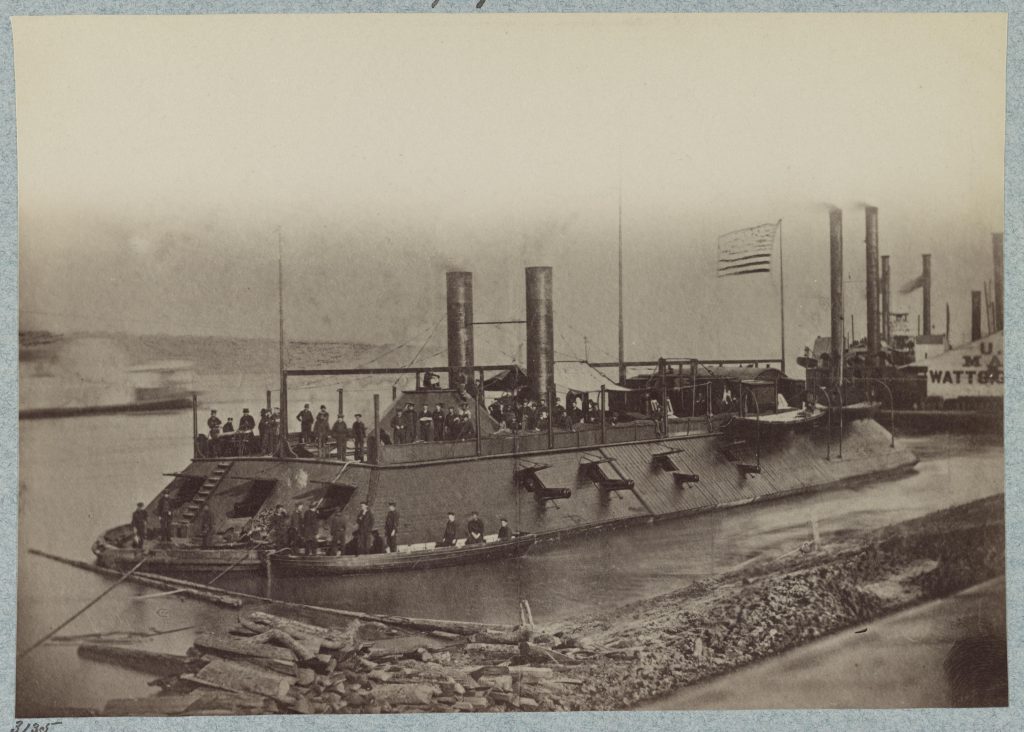
The First Ship Sunk by a Naval Mine: The USS Cairo
The First Ship Sunk by a Naval Mine: The USS Cairo This week marks the 163rd anniversary of the sinking of the gunboat USS Cairo. Remarkably, a sinking with no loss of life….
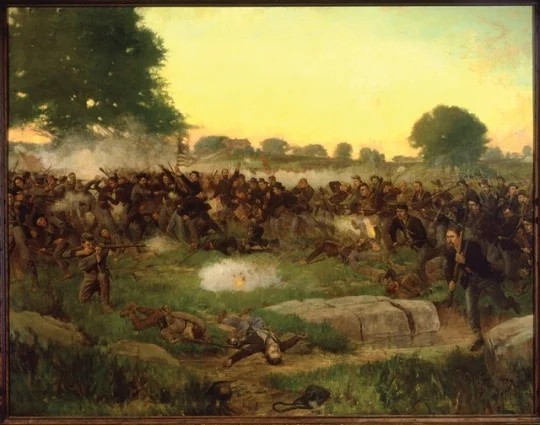
The 1st Minnesota Infantry: Courage Beyond Measure
The 1st Minnesota Infantry: Courage Beyond Measure The following is a short summary of the regimental history of the 1st Minnesota Infantry as published as History of the…
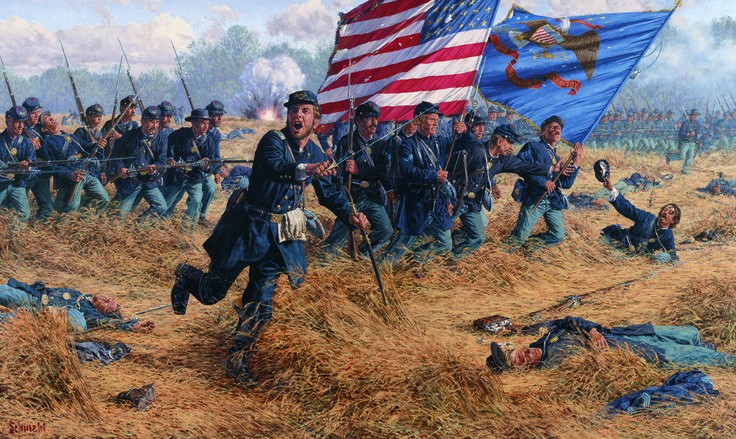
The 2nd Delaware Infantry Through Robert G. Smith’s Eyes
The 2nd Delaware Infantry Through Robert G. Smith’s Eyes Whenever I am looking for information on a regiment, I especially seek out any period written histories or…
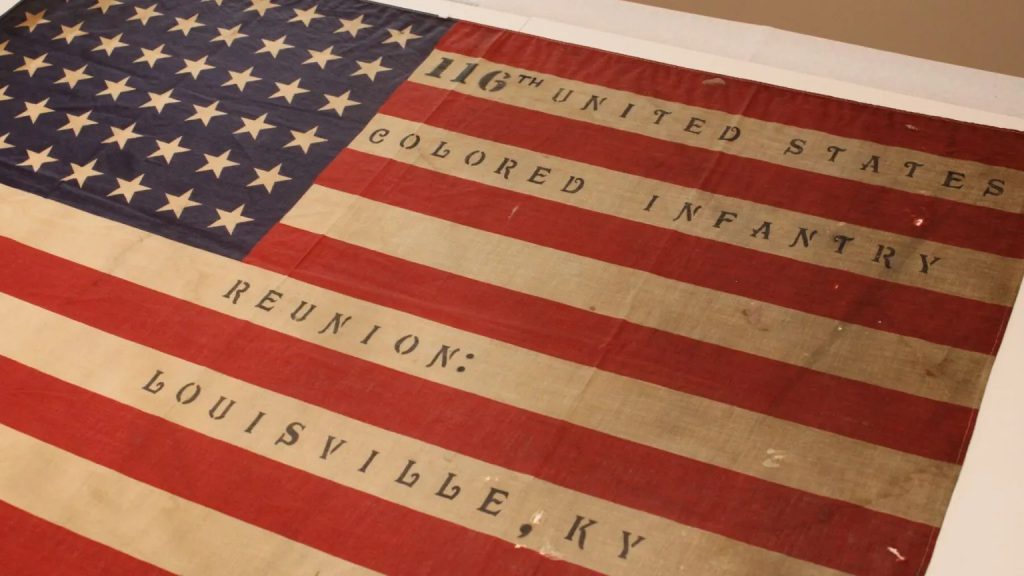
To Prove Our Worth: The 116th USCT Infantry From Civil War Service to Modern-Day Preservation
“To Prove Our Worth”: The 116th U.S.C. Infantry From Civil War Service to Modern-Day Preservation The 116th USCT (United States Colored Troops) Infantry, raised in 1864, not o…
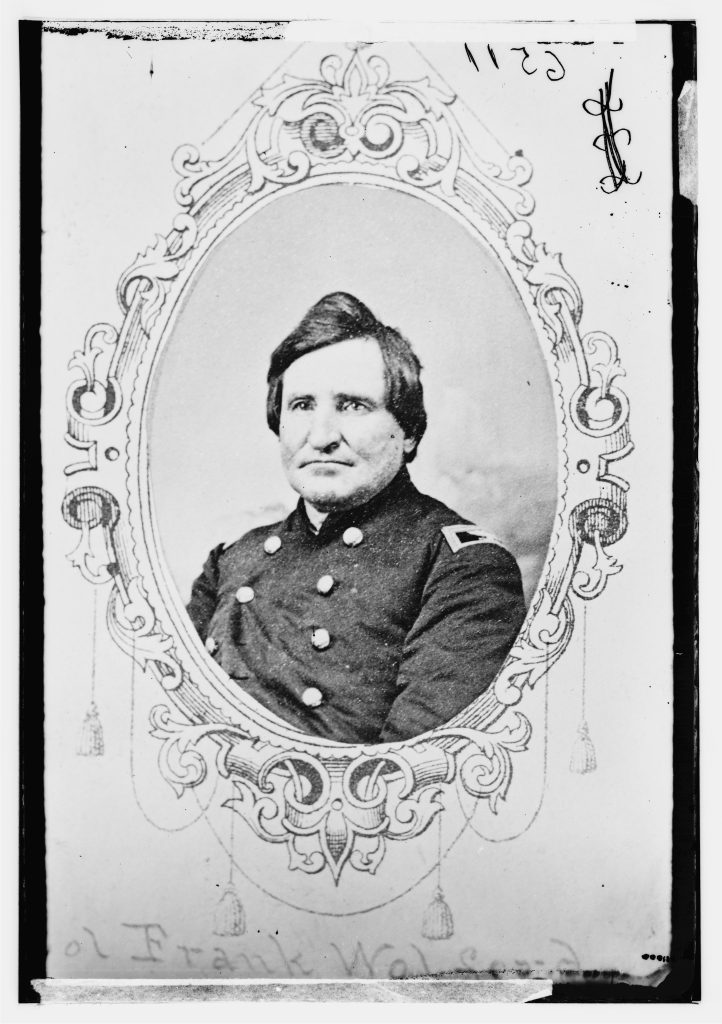
The 1st Kentucky Cavalry: Wild Riders of the Union
The 1st Kentucky Cavalry: Wild Riders of the Union A Regiment Born in Division In 1861, Kentucky stood on a knife’s edge. Families and neighbors split over Union or C…
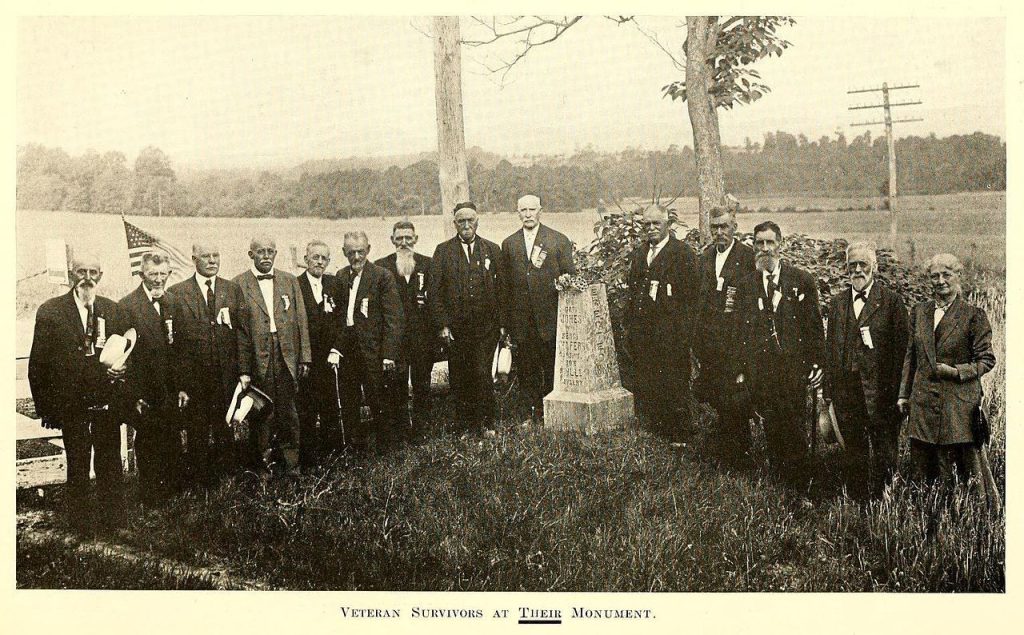
Records Group 94 Feature: 8th Illinois Cavalry
Records Group 94 Feature: 8th Illinois Cavalry Saddles, Carbines, and First Shots: The Story of the 8th Illinois Cavalry When the Civil War erupted in 1861, men across…
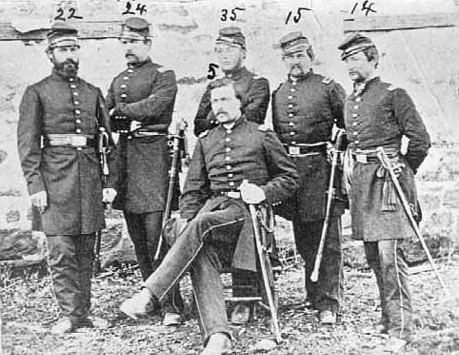
Beyond the Charge: Captain H.C. Coates and the 1st Minnesota After Gettysburg
Beyond the Charge: Captain H.C. Coates and the 1st Minnesota After Gettysburg The story of the 1st Minnesota Infantry is usually told in a single moment—the desperate charge o…
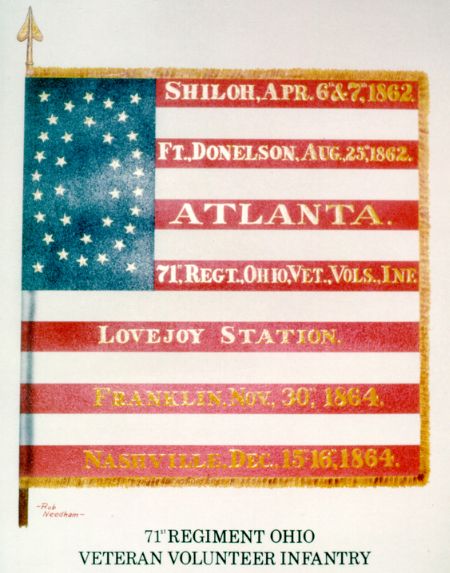
The Storied Saga of the 71st Ohio Volunteer Infantry
The Storied Saga of the 71st Ohio Volunteer Infantry Upon an initial review, the 71st Ohio Volunteer Infantry (OVI) may seem like a regiment that was on the sidelines of the…

From Monmouth to the Cumberland: The 83rd Illinois Infantry
From Monmouth to the Cumberland: The 83rd Illinois Infantry Formation and Early Service in Illinois In the summer of 1862—amid a new call for volunteers following heavy l…
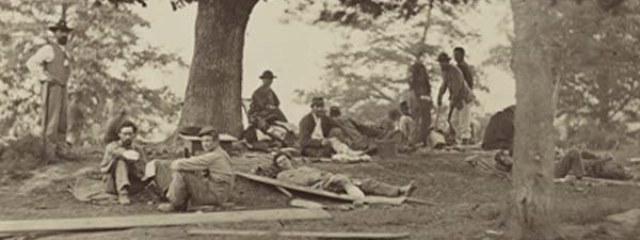
From Maine to the Gulf: The 2nd Maine Cavalry’s Civil War Journey
From Maine to the Gulf: The 2nd Maine Cavalry’s Civil War Journey The 2nd Maine Cavalry Regiment is a fascinating example of a Civil War unit that traveled far from home and f…

